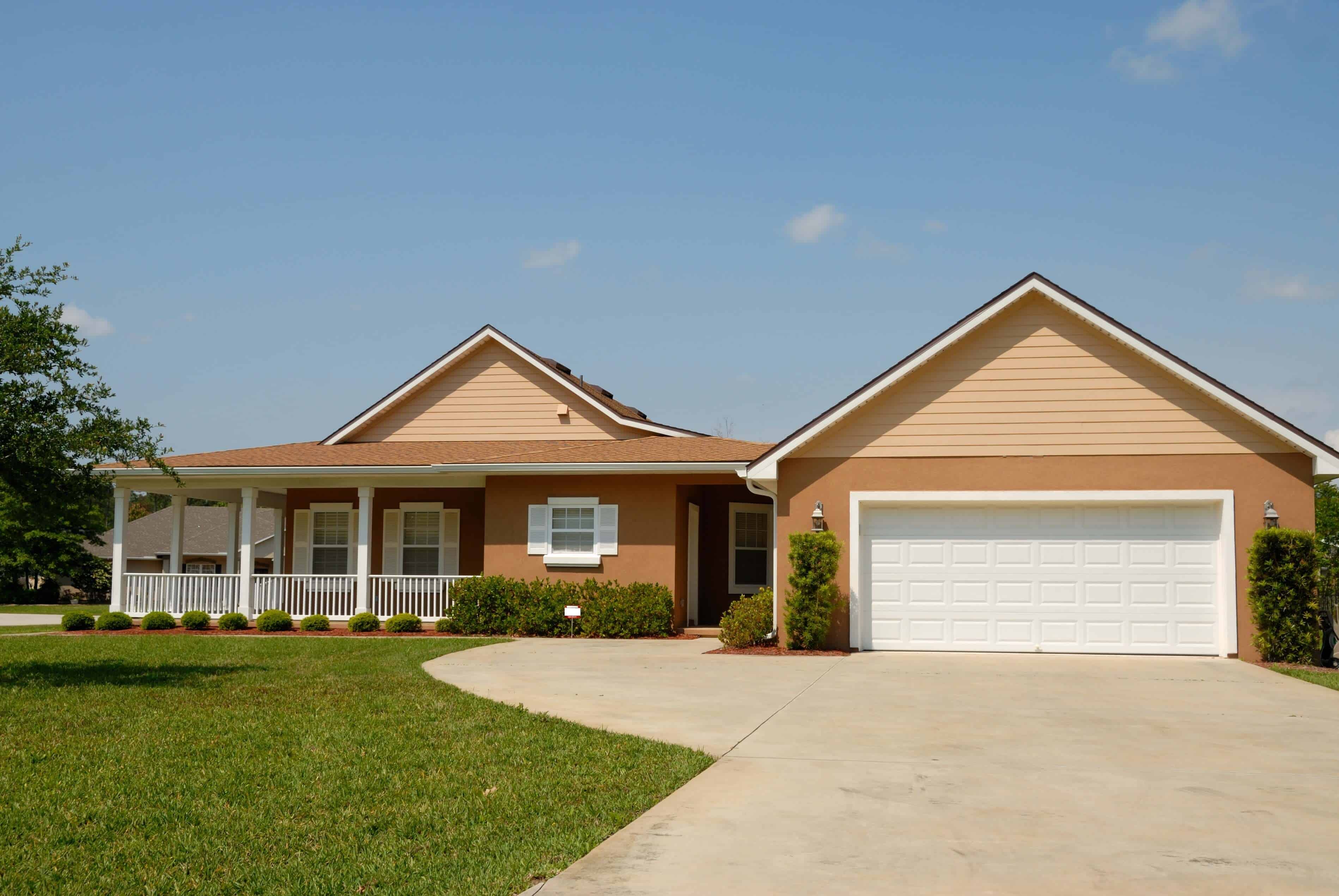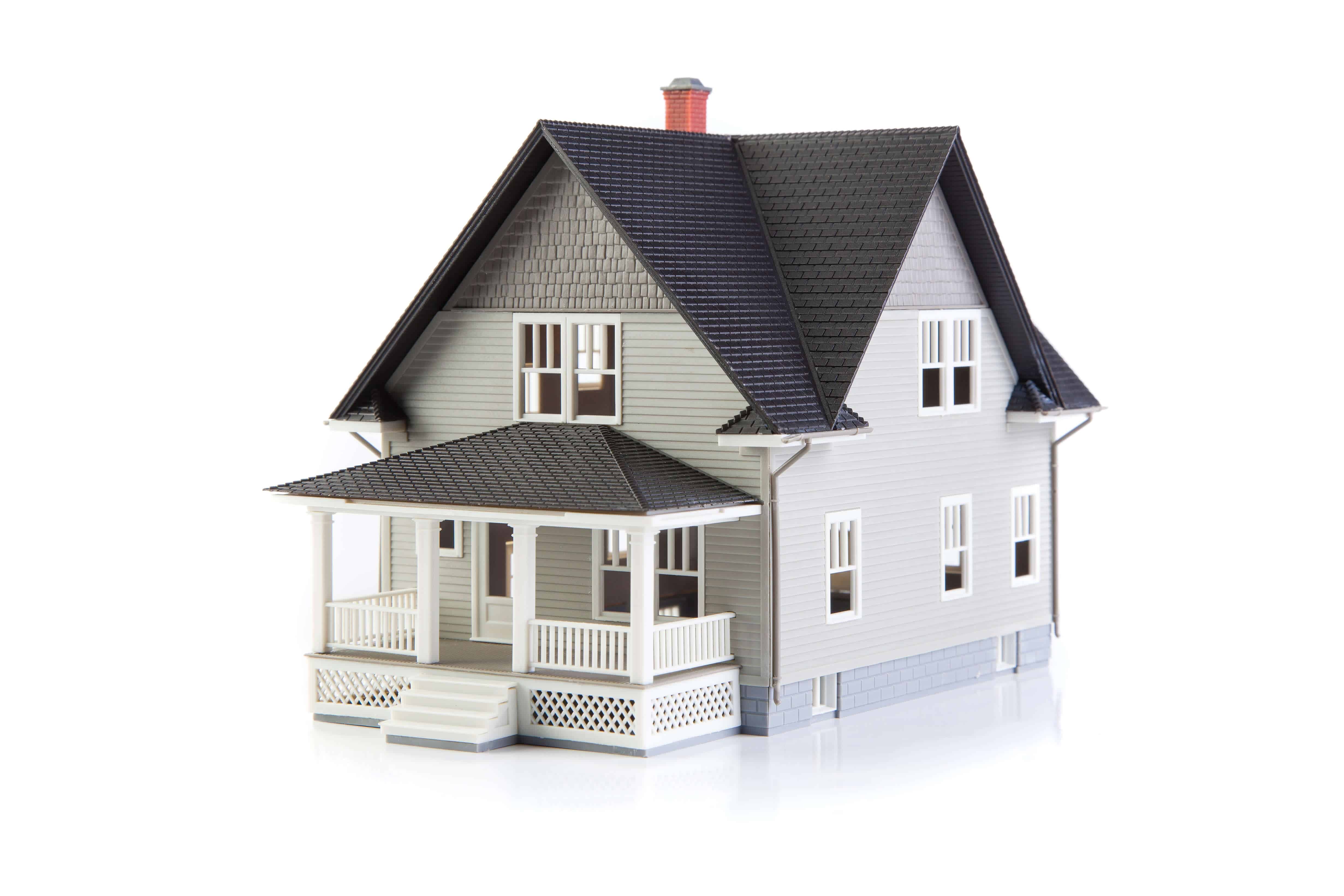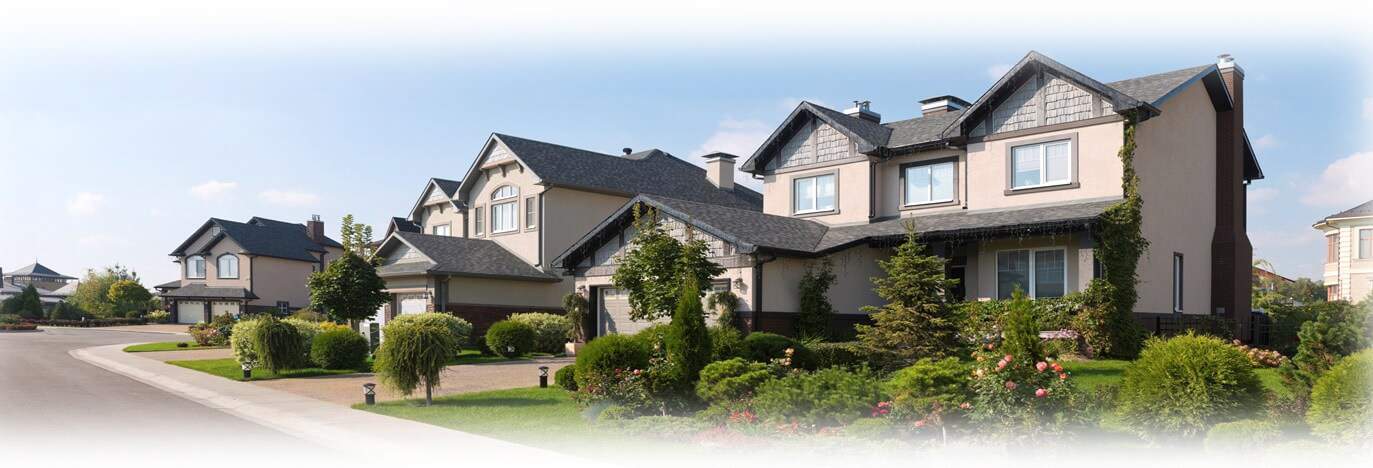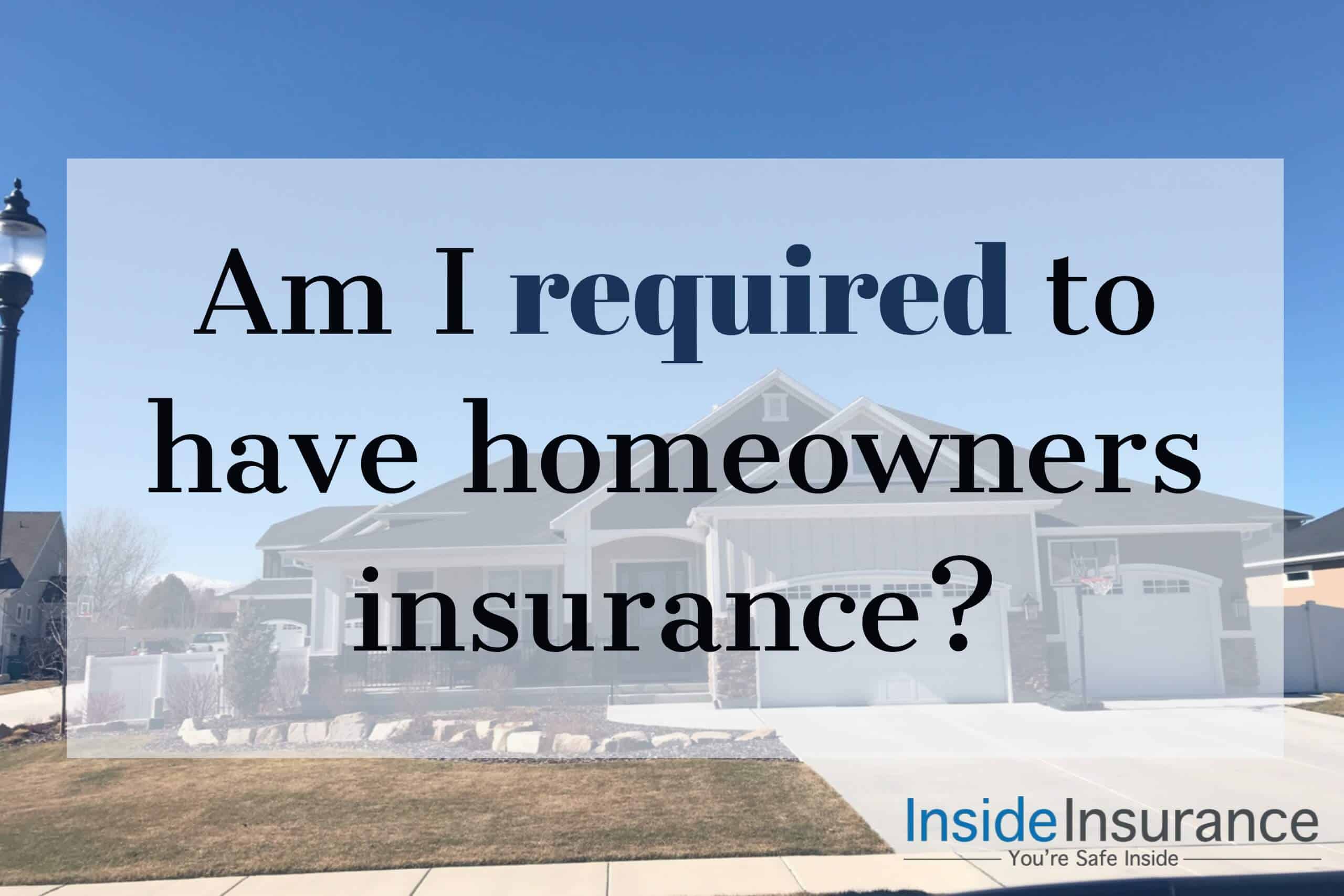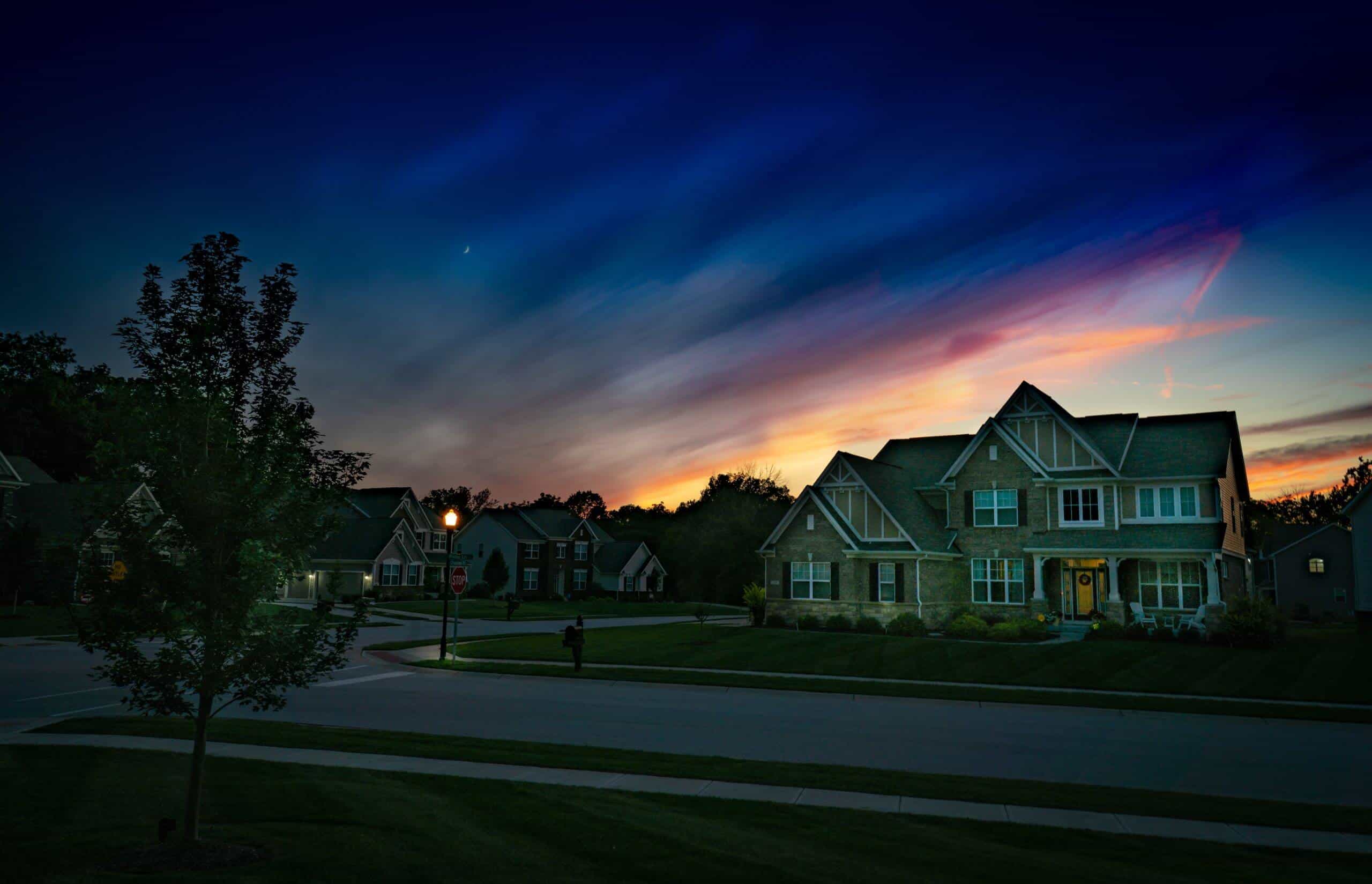I recently helped a wonderful couple buy their first home. Of course, it was the first time they’d needed homeowner’s insurance as well. The entire experience was new to them, so naturally, they had lots of questions.
I love questions. It means the person I’m talking with actually cares about what they’re doing. They want to know what’s going on and understand why certain things are the way they are.
Questions are fun!
When I review the homeowner’s insurance quote with a new client, one of the first questions they always ask is “How come we’re not insuring the home for what I’m buying it for?”
I paid more than that for my house!
I love this question.
We get insurance to protect against a risk. With homeowner’s insurance, one of the risks we face is losing this amazing brand new home that you’re purchasing. The lender faces the same risk, so they have a vested interest in making sure you get the proper insurance.
When you purchase a home, you’re buying the dwelling as well as the land the dwelling is sitting on. Your purchase price consists of the house and the land.
In the event of a loss, say your house burns down, the land is still there. You can’t burn the land down and make it disappear (actually, I’m sure I can think of some kind of Despicable Me type of weapon that would totally obliterate everything in sight, but that’s probably not going to happen)
Again, the whole purpose of having insurance is to protect against a risk. If your house burns down, we want to make sure you have enough insurance to replace your home. But we’re not replacing the land. There will be some costs associated with cleaning up the mess, but the value of the land doesn’t need to be factored into the amount of insurance you’re getting on the home.
Replacement Cost
When we write a homeowner’s policy, we always calculate a replacement cost estimate. We take the characteristics of your home, like the style, square feet, building materials, age, number of stories, roof material, and a whole bunch more info (most can be found on your appraisal) and calculate what it would cost to rebuild your specific home in the event of a loss. We do this on every homeowner’s policy we write.
We want to make sure the coverage you get will be sufficient to replace your home.
Market Value vs Replacement Cost
The market value of your home is likely the price you paid for it (if a new purchase) or the current appraised value. There are many factors that affect the market value of a home, economy, location, demographics. Supply and demand is certainly one of those factors. If there is a short supply of homes for sale, and a larger pool of people wanting to buy a home, there is upward pressure on the market value of that home. More people want it, which means someone may be willing to pay more. Market value goes up.
But that doesn’t mean the cost to build that home has gone up, right?
It will cost the same to build a house whether 2 people or 10 people want to buy it.
Replacement cost changes over time as well. Some of the factors that affect replacement cost are the economy, location, building materials, labor force and much more. Insurance companies update their replacement cost estimator software regularly to take into account many of these changing factors.
When calculating the replacement cost of a home, you should work closely with your insurance advisor to make sure they include all aspects of the home’s features so you get an accurate estimate of its replacement cost.
Becuase of these changing factors, it is very important to review your policy every year with your insurance advisor to make sure you keep the proper coverage in place.
Extended Replacement Cost
So what do you do if the replacement cost estimate is wrong? Or replacement costs change before you update your policy? Many carriers offer extended replacement cost coverage, and you should make sure you have this on your policy. It’s very inexpensive and such a crucial endorsement. This can extend your dwelling coverage by 25% or 50%, which means if building materials or labor dramatically increases at the time of your loss, you will have additional coverage to help put you back together.
Extended replacement cost also helps you meet the lender’s requirements for home insurance. Your lender will want to make sure your coverage is equal to or greater than your loan amount. When we insure your home for the proper replacement cost, this can often be less than what your purchase loan amount is. Adding on the extended replacement cost endorsement gives you the coverage you need at a better price than simply increasing the dwelling coverage amount.
Next Steps
If you’re looking for homeowner’s insurance for a new purchase, or already have homeowner’s insurance but have a few questions, schedule a call. We’re real-life people who love answering questions. We’re not pushy sales people, we’re insurance advisors. We’re here to help. Schedule a call and let’s make sure you’re protected properly.

